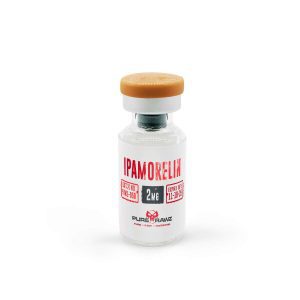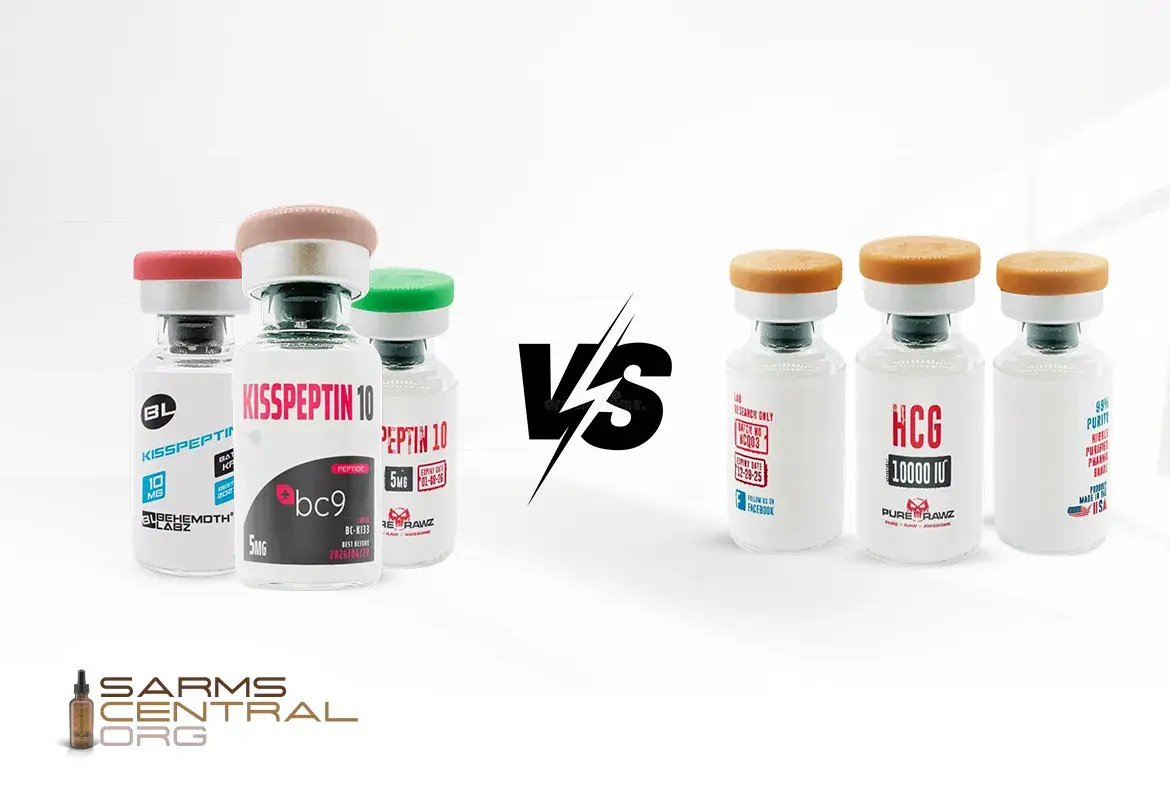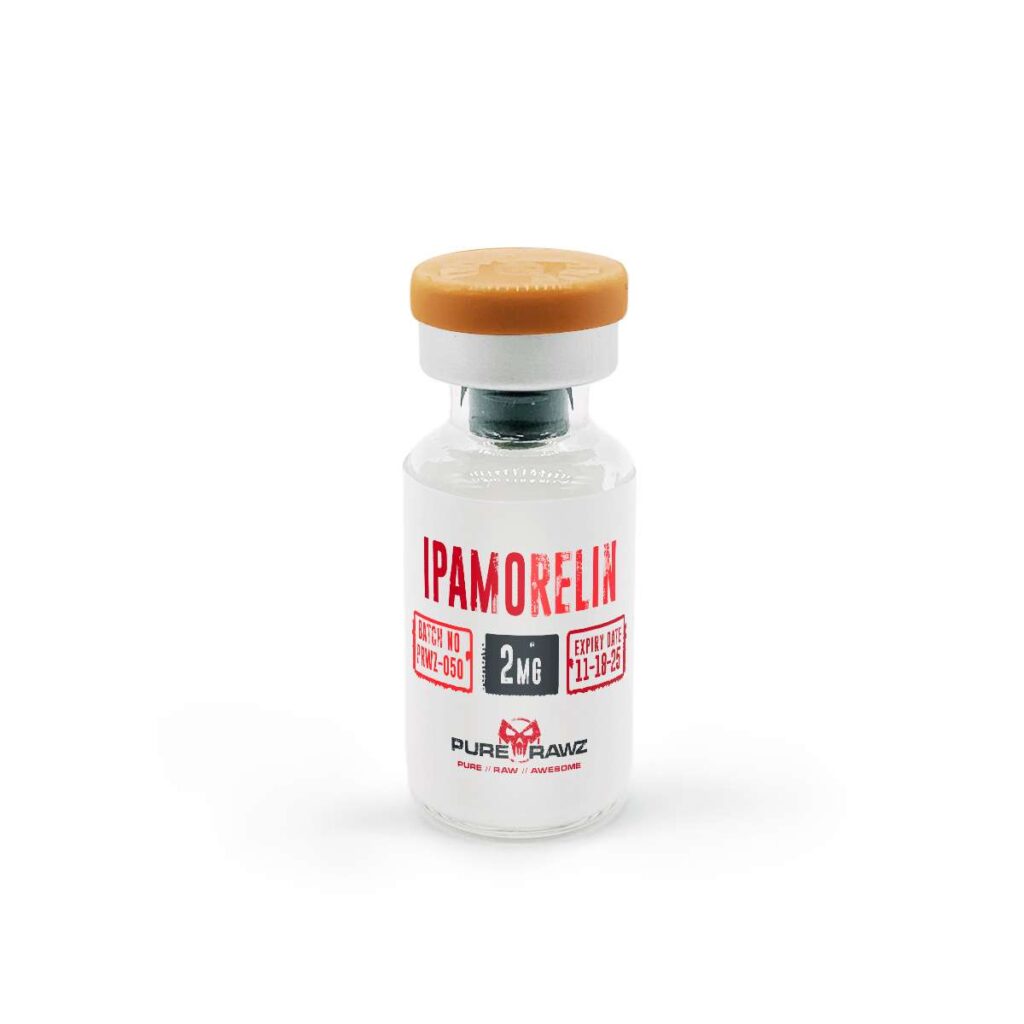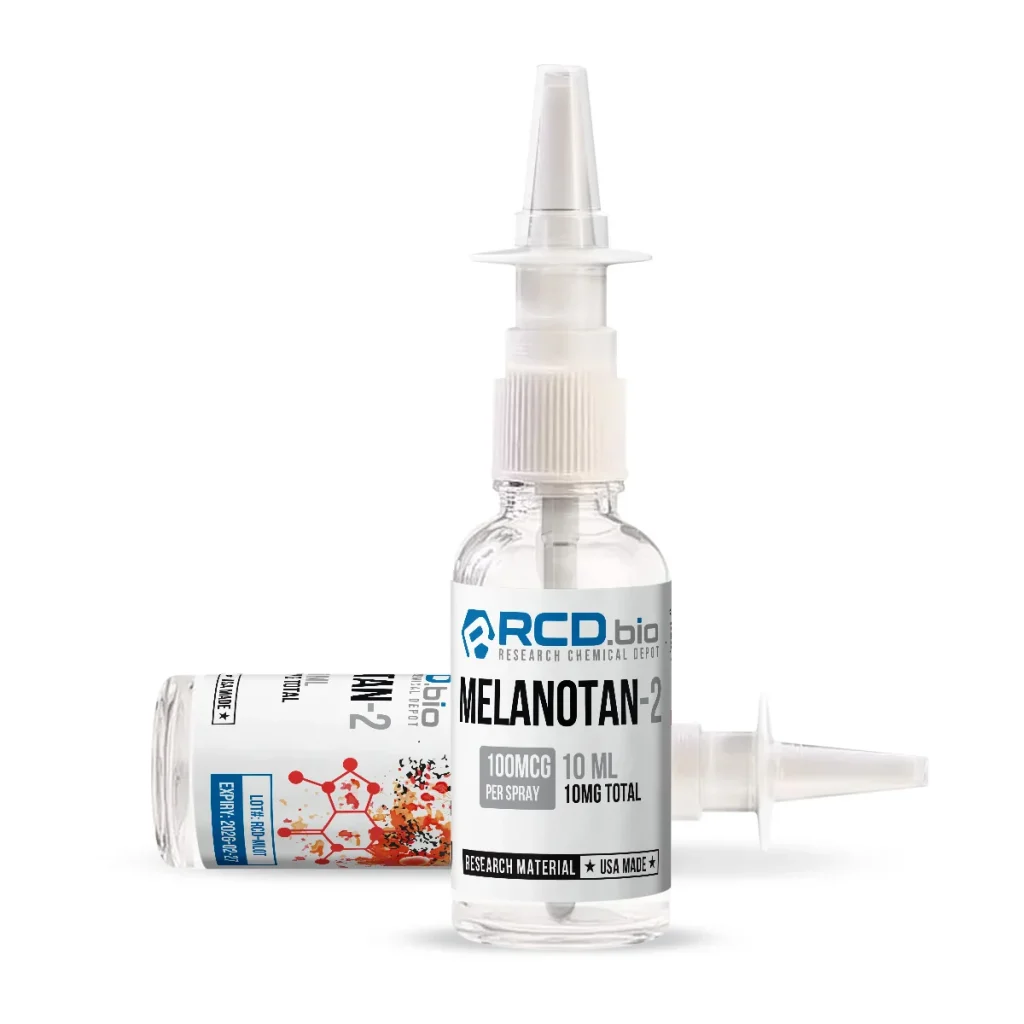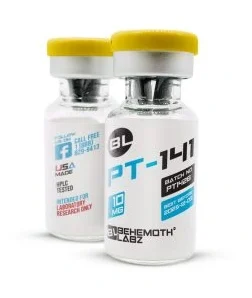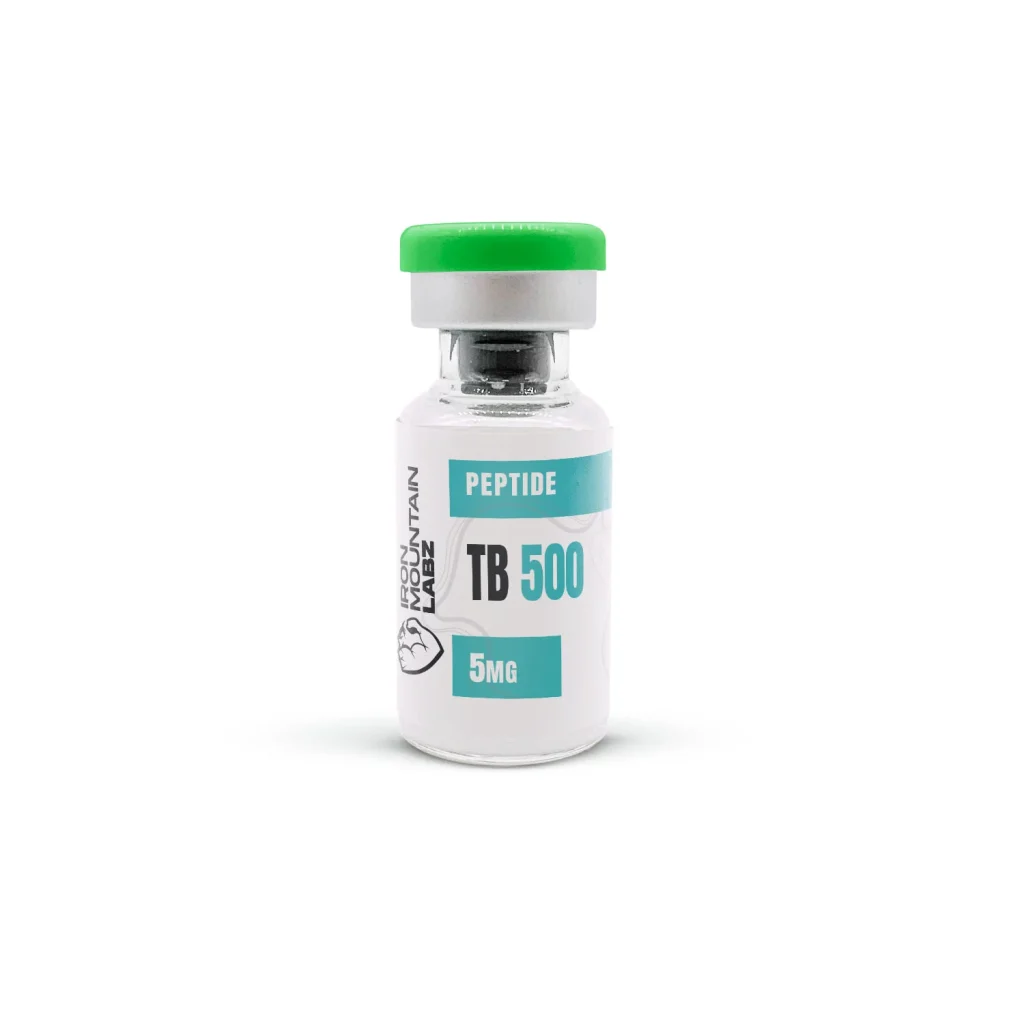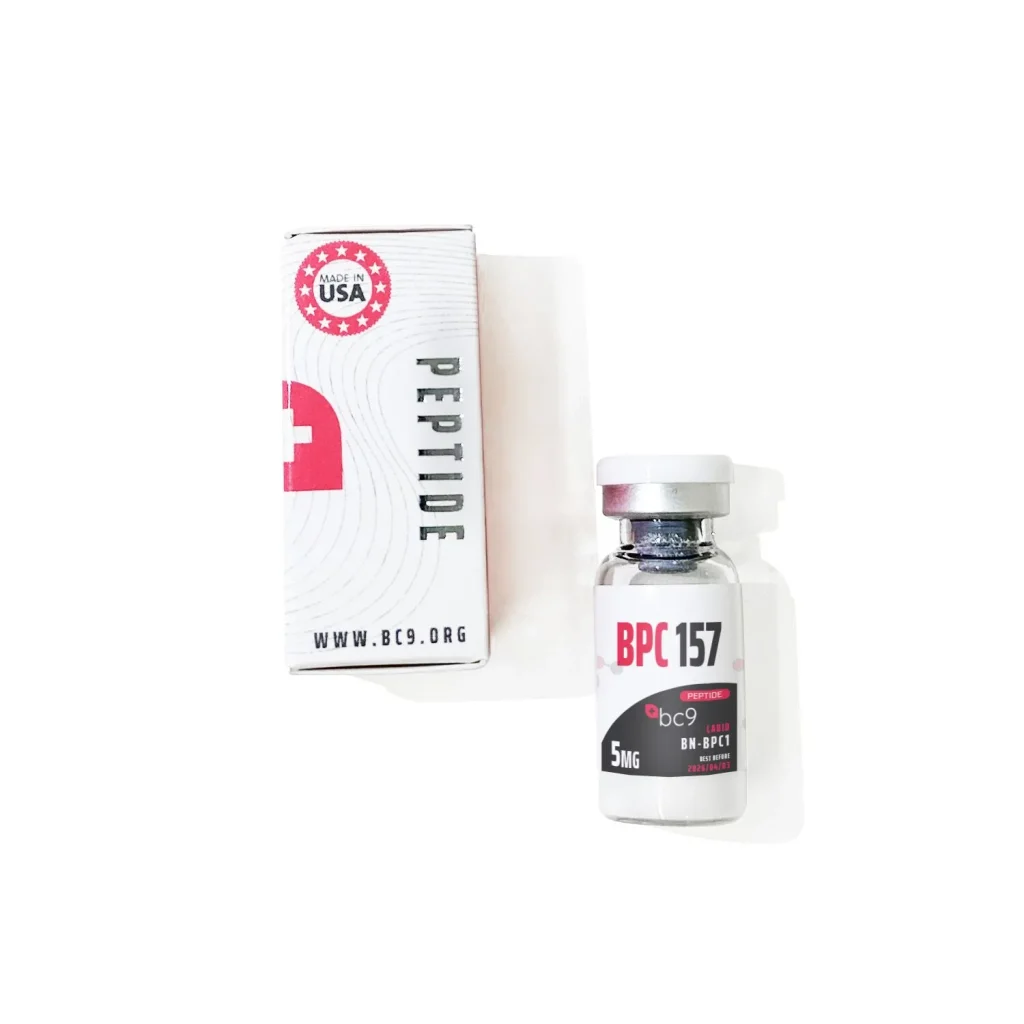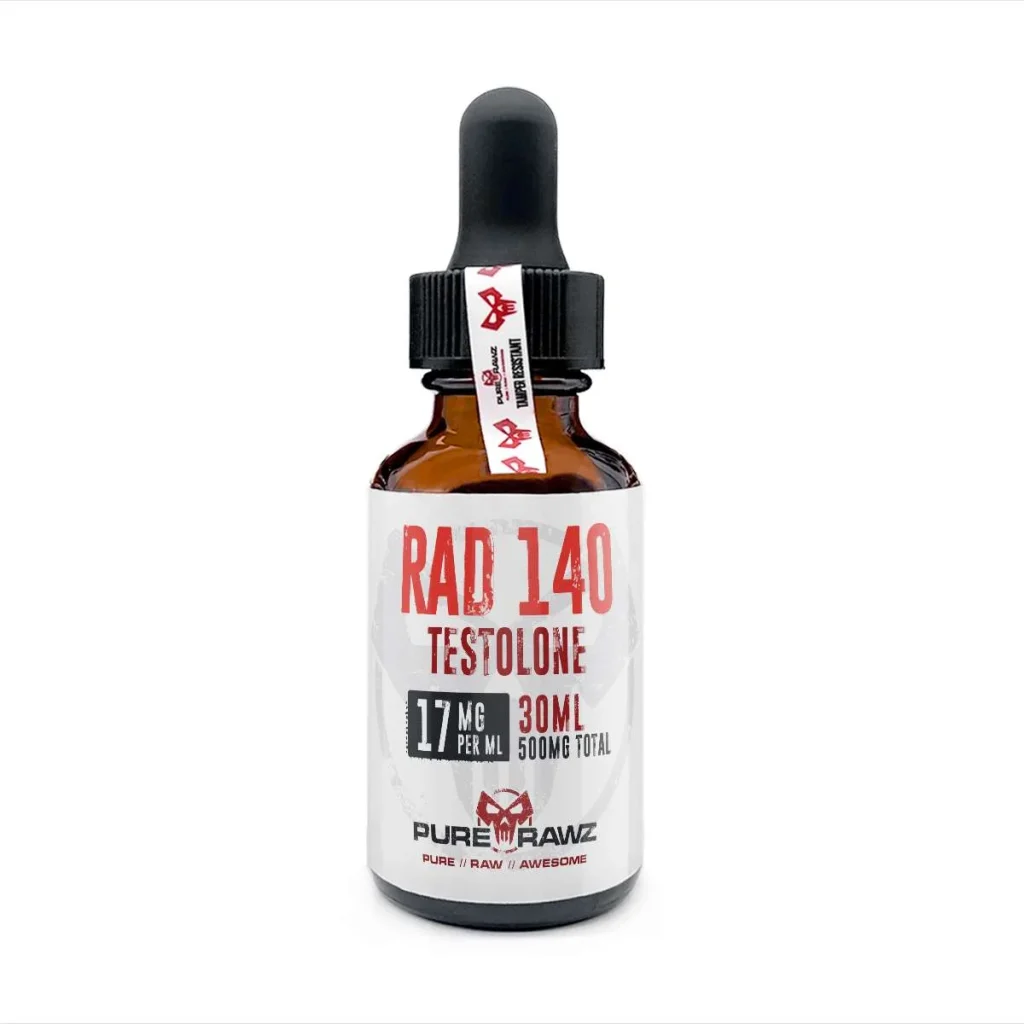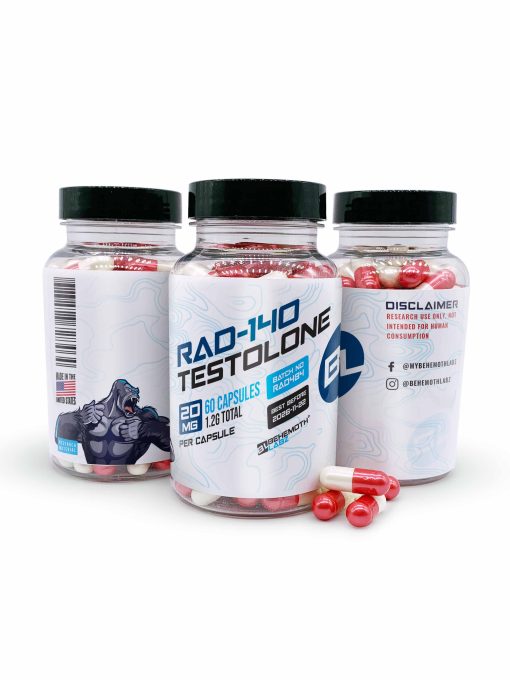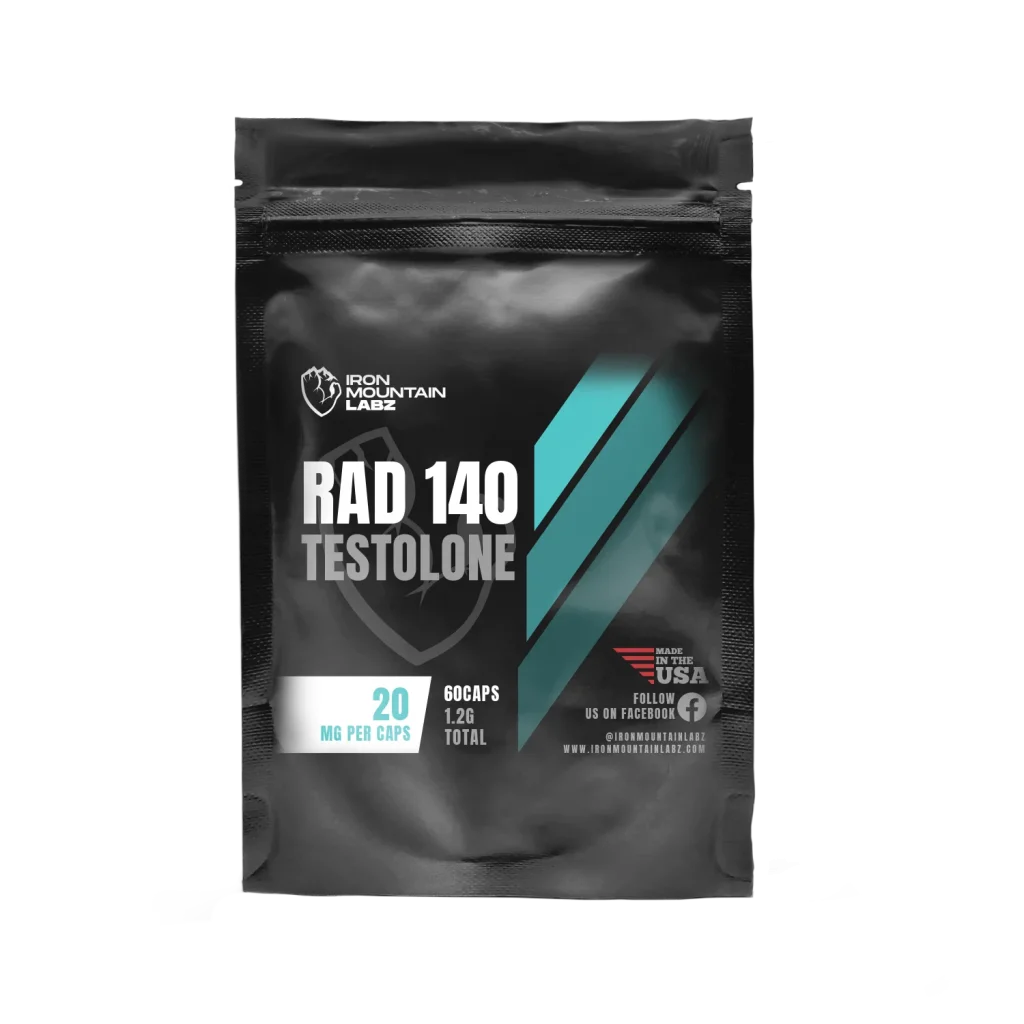Here’s a quick overview to make peptides less confusing, should you decide to hop on the trend. Most peptides come as subcutaneous injections. This means a tiny shot under the skin, usually in the belly or thigh. Don’t worry, it’s way less scary than it sounds, and the needles are super thin.
Some peptides come in oral form. They’re less common since digestion can mess with how well they work. Timing can matter too. Some are best taken on an empty stomach, while others might be tied to your sleep cycle or workouts. Consistency is key—peptides aren’t magic overnight fixes. But when used, they can be total game-changers.
What are Peptides?
Peptides are small chains of amino acids. They serve as the basis for protein synthesis in the body. They serve an important function in signaling, informing cells what to do. Certain peptides function as growth hormone secretagogues. It means they stimulate the natural release of growth hormone. Some peptides have been shown to support muscle gain. It improves recovery and even helps with fat loss. Peptide treatments are well-known among athletes. They enhance muscle mass, healing speed, and immunity.
What are the Benefits of Peptides?
- ➢ They promote muscular growth, which makes them especially attractive to bodybuilders aiming to maximize their training outcomes.
- ➢ They help speed up the recovery process of muscle, tendon, and ligament injuries.
- ➢ They promote cellular regeneration, reduces inflammation, and increases blood flow to the injured area, which contributes to a faster recovery.
- ➢ They may help get rid of body fat and enhance body composition, and maintain lean muscle mass.
- ➢ They aid in the repair of injured tissues and reduce stiffness in the joints, which leads to greater mobility.
- ➢ They can also help maintain connective tissue health and improve body composition.
Different Forms Of Peptides and Their Administration
Oral
These are short chains of amino acids that are taken by mouth. Oral Peptides are generally easier and more pleasant to use. However, oral delivery is challenging since the digestive system is a harsh environment. They have limited absorption since digestive enzymes can break down peptides.
Injectable
The most common injection site is the subcutaneous layer under the skin. Many peptide medicines are delivered via subcutaneous tissue. These are the most common types of peptide administration used in therapies. They’re injected into the fatty layer beneath the skin. These injections are administered with syringes and needles to promote natural processes. To ensure accurate dosing, the peptide is extracted from a vial and measured using a plunger. Peptides and proteins can be broken down in the digestive system. Injecting them bypasses the gut and ensures better bioavailability.
Topical
Topical peptides are a popular ingredient in skincare products. They’re valued for their ability to promote collagen and elastin production. These peptides are found in creams and serums; they are applied to the skin directly. Bioavailability is the main issue with topical peptide. The outermost layer of the skin acts as a natural barrier. It restricts peptide penetration.
Sublingual
These peptides are placed under their tongues to administer them. They dissolve easily and are absorbed by the local tissue. Larger peptides are more difficult for the tissues beneath your tongue to absorb. Sublingual delivery yields quicker and more efficient results.
How to Take Peptides Safely
Just as crucial as the product itself is the way it is administered. To prevent issues, always adhere to dosage guidelines and safe administration practices.
Proper Dosage
Different peptides require different dosages. In general, start with a low dose and increase your consumption as needed. Many experts recommend starting slowly to allow your body to adjust and test your reaction to the peptide. A healthcare provider may provide suggestions for performance or therapeutic use.
Administration Guidelines
For peptides to be effective, they must be administered correctly. To avoid infection, always use sterile syringes and needles. Before every dosage, check the peptide solution for color and clarity changes. To prevent tissue damage or irritation, rotate the injection sites. Store them in the refrigerator or as directed by the manufacturer. Don’t share injection supplies. Use a container to securely dispose of used materials. Beginners should carefully follow step-by-step peptide injection guidelines to reduce risks like infection and irritation.
Timing
Take them either first thing in the morning or before bedtime. Peptides are best taken on an empty stomach. Follow the guidelines provided by a healthcare professional every time.
Find The Best Prices For Peptides
Potential Side Effects of Peptides
Some common side effects include:
- ➢ Bloating and nausea are common gastrointestinal discomforts of oral or sublingual peptide.
- ➢ Hormonal imbalances can arise depending on the peptide used.
- ➢ Injection site reactions, such as swelling and redness.
- ➢ Fatigue or dizziness may occur, especially when a new regimen starts or when the dosage is too high.
- ➢ Allergic responses, including rashes and itching or reactions, can develop in sensitive individuals.
Tips to Maximize Peptide Effectiveness
Here are several key ways to ensure you maximize their effectiveness:
- ➢ Peptide in vial form should be refrigerated to maintain their stability and potency.
- ➢ Make them a regular part of your wellness or skincare routine.
- ➢ They work synergistically if supported by a healthy lifestyle.
- ➢ Physical activity supports your body’s natural processes. It helps peptides work more efficiently and enhances their benefits.
- ➢ Topical peptide can produce better skincare outcomes when paired with other complementary ingredients.
- ➢ They should be part of a holistic routine that nurtures your health and wellness.
Conclusion
Making sensible decisions for optimal and safe use is critical. Peptides should only be acquired from reputable clinics that reveal the product’s origin. Maintain open communication with your healthcare professional to ensure tailored treatment. Any negative effects or health issues should be addressed immediately. Peptides obtained from authorized sources guarantee professional advice and pharmaceutical quality. When taken at the appropriate intervals, peptides’ efficiency is boosted. Peptide therapy is, thus, a useful tool to meet your wellness objectives.
Frequently Asked Questions
Where to get Peptides?
They can be obtained from various sources:
- ➢ Qualified Medical Clinics
- ➢ Compounding pharmacies
- ➢ Medical consultations/Telehealth providers
- ➢ Reputable online websites
What is the right dosage and timing for peptides?
The particular peptide and its intended use determine the ideal dosage and timing. Subcutaneous injections of peptides are typically administered 1-2 times per day. They are taken either in the morning or on an empty stomach. After working out or right before bed, to coincide with the cycles of your natural hormones.
How do peptides differ from anabolic steroids?
Both anabolic steroids and peptides enhance performance. In general, peptides behave more subtly and have fewer side effects. While anabolic steroids, on the other hand, quickly do the work. They produce faster and more noticeable results, yet have many side effects.
What are the legal considerations of peptides?
Peptides are regulated substances. Their legal use often depends on the specific type and intended purpose. Most therapeutic peptides need a valid prescription. You must obtain them through licensed pharmacies. Peptides are legal for medical use, but they are not approved for unsupervised use.

